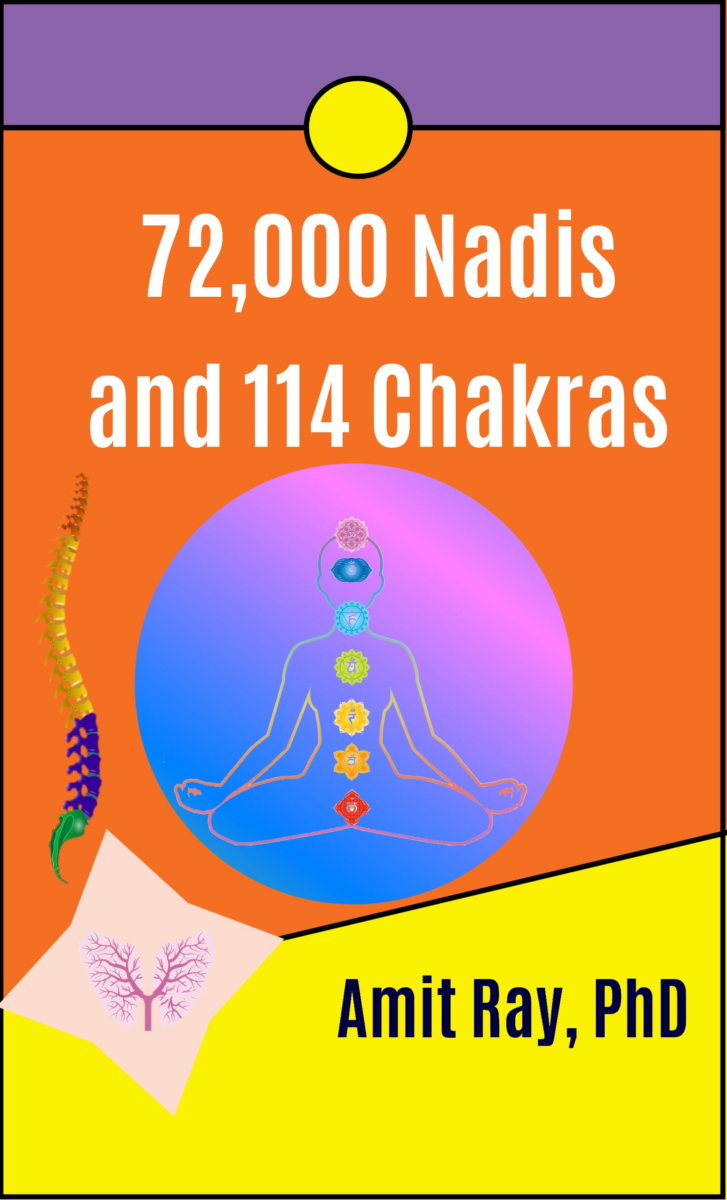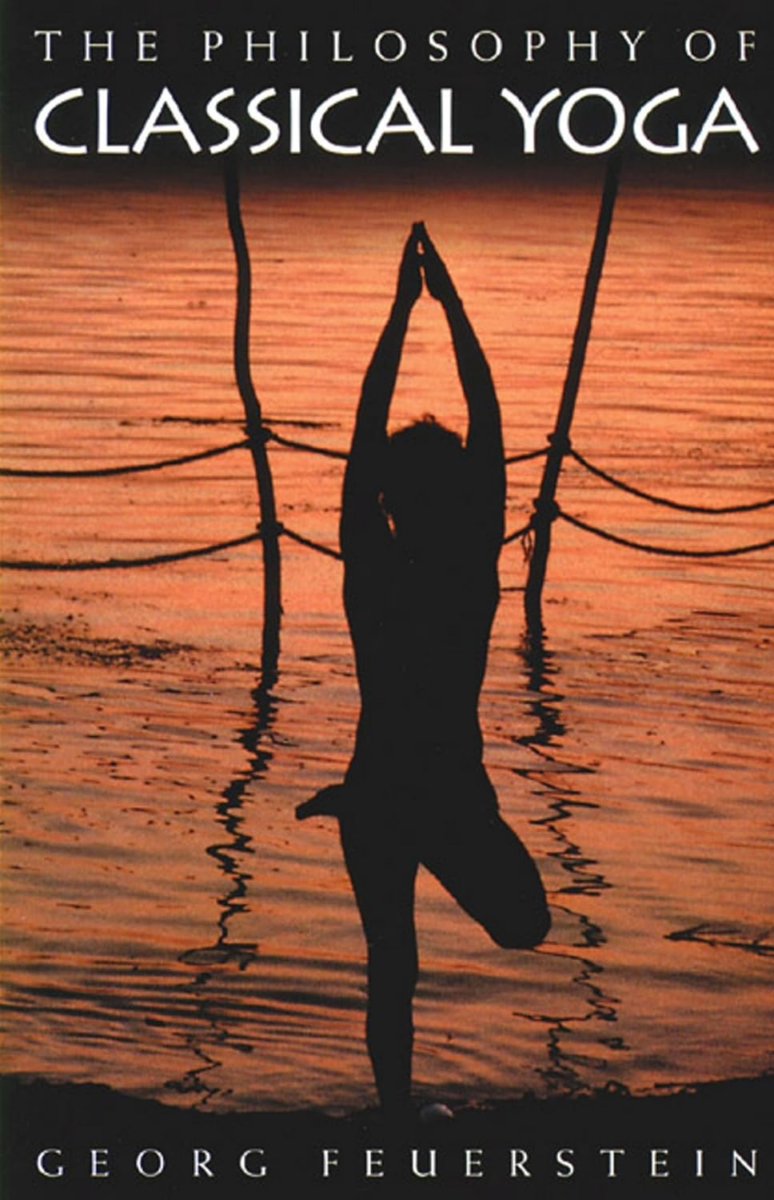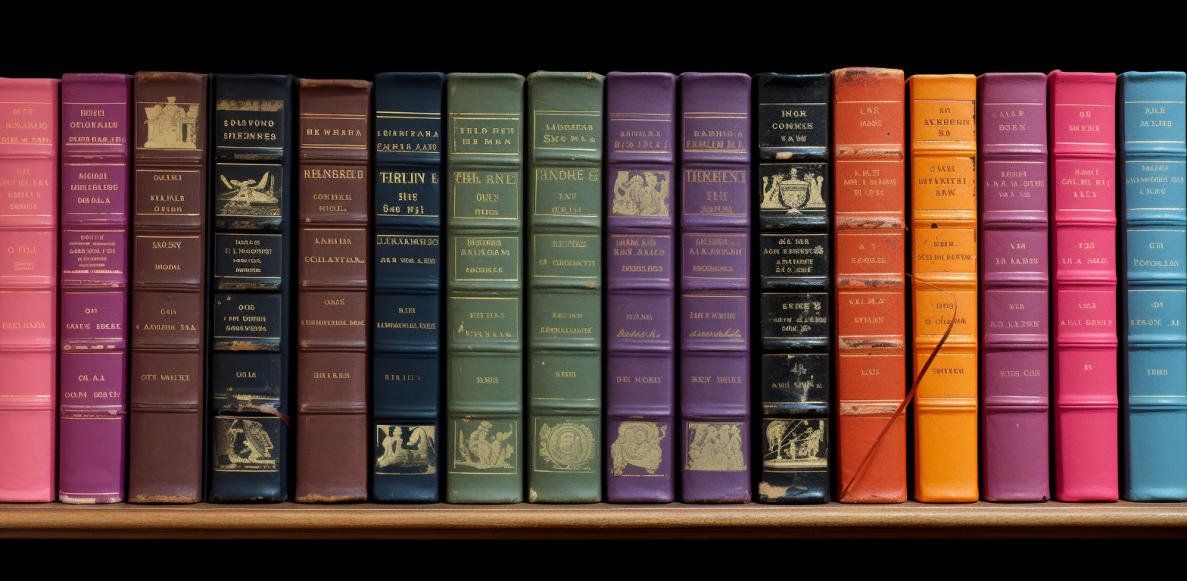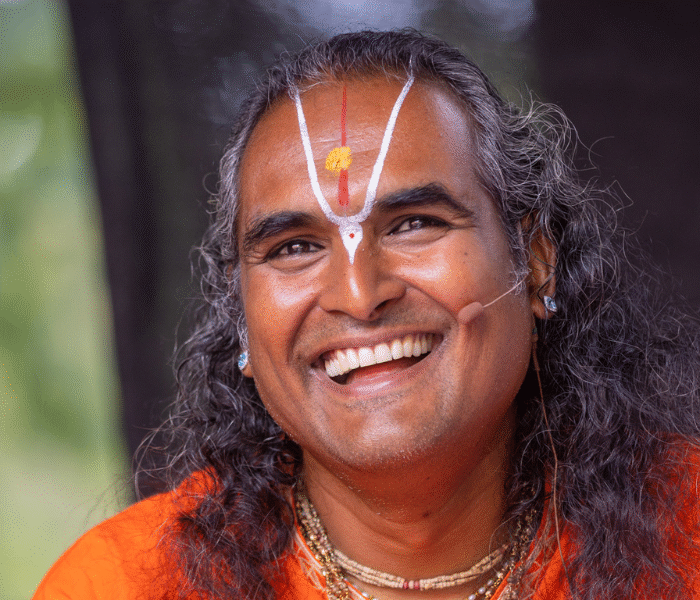The best Yoga books

From Ancient Wisdom to Modern Practices: Navigating the Vast World of Yoga Through Literature.
The world of yoga is vast, encompassing ancient practices, modern adaptations, and everything in between. At its heart lies the best yoga books, essential resources that provide insights into the depth and breadth of yoga.
Whether you’re a beginner just starting your yoga journey or an advanced yogi seeking more profound knowledge, you will find the best yoga book tailored to your needs.
Books offer more than just instructions on yoga poses; they delve into the philosophy behind each pose, the correct techniques, and the benefits one can derive from them. Moreover, they provide a deeper understanding of yoga as a physical and spiritual journey that can transform your life.
The best yoga books serve as a guiding light for those new to yoga. They introduce yoga’s history, various forms, and the physical and spiritual benefits you can acquire. For the more experienced yogis, these books offer advanced techniques, insights into yoga anatomy, and the teachings of world-renowned yogis.
Also read >>> Ayurveda books
Books to Understand the Philosophy Behind Yoga
Yoga Sutras

The Yoga Sutras of Patanjali are a foundational text of Raja Yoga, the royal path of Yoga. It is considered the most authoritative work on yoga philosophy and practice. The sutras, or aphorisms, are a collection of 196 Sanskrit sutras that concisely and systematically outline the eightfold path of Yoga, which is a roadmap to liberation and enlightenment.
The Sutras comprise four books:
Book I: Samadhi Pada (The Book of Meditation)
Book II: Sadhana Pada (The Book of Practice)
Book III: Vibhuti Pada (The Book of Powers)
Book IV: Kaivalya Pada (The Book of Liberation)
The Yoga Sutras are a profound and complex text, and many interpretations of its teachings have occurred over the centuries. However, at their core, these texts are a practical guide to achieving freedom from suffering and realizing one’s true nature.
Bhagavad Gita

The Bhagavad Gita is a 700-verse Hindu scripture part of the Mahabharata, an epic poem of ancient India. The Gita is a dialogue between the warrior prince Arjuna and his charioteer Krishna, an avatar of the god Vishnu. Arjuna hesitates to fight in a war against his family and friends, and Krishna counsels him on his duty as a warrior and the nature of reality.
The Bhagavad Gita is one of the most influential Hindu scriptures. For centuries, philosophers and theologians have studied and interpreted it, which covers various topics, including Dharma, Karma, Samsara, and Moksha.
The Bhagavad Gita is a profound and complex text, and its teachings have been interpreted differently over the centuries. However, at its core, the Bhagavad Gita is a guide to living a moral and ethical life. It teaches us that we should fulfil our dharma, act without attachment to the fruits of our actions, and cultivate compassion and nonviolence.
Books to Understand the Science Behind the Practice
Understanding the body’s mechanics is crucial for a safe and effective yoga practice. Yoga anatomy books delve deep into the human body, explaining how muscles, bones, and joints work harmoniously during various yoga postures.
Yoga Anatomy

Leslie Kaminoff and Amy Matthews’s book is a comprehensive and beautifully illustrated guide to the anatomy and physiology of the human body as it relates to the practice of Yoga. The book has six sections, each of which covers a different group of yoga poses:
Standing poses, Sitting poses, Kneeling poses, Supine poses, Prone poses, Arm support poses
Within each section, the authors describe the major muscle groups involved in each pose, the actions of those muscles, and the range of motion of the relevant joints. They also discuss the benefits of each pose and potential variations and modifications.
Yoga Anatomy Coloring Book

Kelly Solloway’s book is a fun and engaging way to learn about human anatomy related to yoga practice. It features over 30 detailed illustrations of yoga poses, with each muscle group involved in the pose labelled in a different colour. The illustrations help you visualize how your muscles create each pose.
The Coloring Book clearly and concisely explains each muscle group and its function. This information is essential for understanding the biomechanics of Yoga and practising safely and effectively.
Also read >>> yoga origins
72000 Nadis and 114 Chakras in the Human Body for Healing and Meditation

Sri Amit Ray is a renowned yoga teacher, spiritual master, and healer. He has written over 20 books on Yoga, meditation, and healing.
When our nadis and chakras are balanced and flowing freely, we are healthy and happy. However, when they become blocked or imbalanced, we can experience physical, emotional, and mental problems.
Ray provides detailed instructions on identifying and clearing blockages in the nadis and chakras in his book. He also teaches various meditation and yoga practices to help balance the chakras and improve overall health and well-being.
Pranayama – The Power of Breath

Swami Saradananda writes a comprehensive and practical guide to pranayama or yogic breathing. He explains that pranayama is not simply about breathing deeper or faster. It is about learning to control the breath to direct prana, or life force energy, throughout the body and mind.
Saradananda also discusses the importance of preparing for pranayama practice and integrating it into a holistic yoga practice. He also offers guidance on how to overcome common challenges and troubleshoot problems.
A Book for Every Level
Yoga Beginner’s Bible

Yoga Beginner’s Bible by Tai Morello is a comprehensive and practical guide to practising Yoga for beginners. The book covers a wide range of topics, including the history and philosophy of Yoga, the different types of Yoga, the benefits of Yoga, and the essential yoga poses.
Morello’s book provides easy-to-follow instructions for each yoga pose and discusses modifications you can make to accommodate different levels of fitness and flexibility. In addition, Morello discusses the importance of breath control and meditation in yoga practice and offers tips on how to find a qualified yoga teacher and how to create a home yoga practice.
The Philosophy of Classic Yoga

The Philosophy of Classic Yoga by Georg Feuerstein is a comprehensive and accessible introduction to the philosophical foundations of Yoga. Feuerstein begins by discussing the history of the philosophy, tracing its roots back to the ancient Vedic texts. He then explains the fundamental concepts of yoga philosophy, such as Brahman, Atman, karma, samsara, and moksha.
Feuerstein also discusses the different yoga schools of thought, such as Vedanta, Samkhya, and Yoga Sutra. He explains the similarities and differences between these schools and how they contribute to the overall understanding of yoga philosophy.
Advanced Yoga Practices

Advanced Yoga Practices (AYP) by Yogani is a comprehensive guide to advanced yoga poses and practices, covering a wide range of topics, including:
- Advanced asanas (yoga poses)
- Pranayama (yogic breathing exercises)
- Meditation
- Bandhas (energy locks)
- Mudras (hand gestures)
- Shatkarmas (purification techniques)
- Tantric sexual practices
Yogani emphasizes that AYP is not a dogmatic system but a flexible approach to Yoga tailored to each practitioner’s needs and goals. He also provides clear and concise instructions for each practice and tips on progressing safely and effectively to more advanced levels.
Yoga in Everyday Life
The Wisdom of Yoga

This book by Stephen Cope explores the practical applications of yoga philosophy and practice in everyday life. Cope argues that Yoga is more than a physical practice; it is a holistic approach to life that can help us to live more fully and authentically.
The first part, “The Wisdom of Yoga,” introduces the basic principles of yoga philosophy, such as the eightfold path, the three gunas, and the concept of karma. The second part, “The Practice of Yoga,” explores the different aspects of yoga practice, such as asana (yoga postures), pranayama (yogic breathing exercises), and meditation. The third part, “The Applications of Yoga,” discusses how you can apply Yoga to different areas of our lives, such as work, relationships, and health.
The Role of a Yoga Teacher
A yoga teacher is pivotal in guiding students on their yoga journey. They teach the physical postures and impart yoga asanas’ philosophical and spiritual teachings. Being a yoga teacher is a responsibility, a calling to share the transformative power of Yoga with others.
Yoga teacher training books offer insights into this noble profession. They touch upon the practical aspects, like designing a class, understanding students’ needs, and ensuring safety. They also delve into the spiritual responsibilities of a yoga teacher, emphasizing the importance of personal practice, continuous learning, and embodying the principles of Yoga.
Teaching Yoga

Teaching Yoga by Mark Stephens is a comprehensive guide to the art and practice of teaching yoga. The book covers a wide range of topics, including:
- The different styles of Yoga
- The anatomy and physiology of the human body
- The principles of yoga alignment
- How to plan and sequence a class
- How to teach yoga poses
- How to modify poses for each student
- How to create a safe and inclusive learning environment
Stephens also provides practical advice on starting a yoga teaching business, marketing yourself as a yoga teacher, and continuing your professional development.
Teaching Yoga is a valuable resource for both aspiring and experienced yoga teachers. It is well-written, informative, and covers everything you need to know to conduct a safe and effective yoga class.
Stephens teaches us that yoga teaching is a journey, not a destination. There is always more to learn and grow. The most important thing in yoga teaching is to be authentic and to teach from your own experience. He stresses the importance of creating a safe and inclusive learning environment for all students and being patient and understanding with students, as everyone learns at their own pace.
The book also goes more in-depth about
- How to choose the right yoga style for you and your students
- How to teach the basics of yoga anatomy and physiology
- How to create safe and effective yoga sequences
- How to teach different yoga poses, including variations and modifications
- How to adjust students into proper alignment
- How to create a welcoming and supportive learning environment
- How to start and market a yoga teaching business
The Heart of Yoga
The Heart of Yoga by Desikachar explores the essential teachings of yoga philosophy and practice. Desikachar argues that Yoga is a way of life that can help us live more fully and authentically.
The book has three parts. The first part, “The Foundations of Yoga,” introduces the basic concepts of yoga philosophy, such as the eightfold path, the three gunas, and the concept of karma. “The Practice of Yoga” explores the different aspects of yoga practice, such as asana (yoga postures), pranayama (yogic breathing exercises), and meditation. “The Applications of Yoga” discusses how we can apply Yoga to different areas of our lives, such as work, relationships, and health.
Desikachar’s writing is clear and concise, and he provides many practical examples and exercises to help readers integrate the wisdom of Yoga into their own lives.
The Heart of Yoga is a timeless and universal teaching that anyone can apply, regardless of background or beliefs. It is an essential text to study if you are interested in yoga philosophy and practice.
If you are looking for a book that can help you to integrate the wisdom of Yoga into your own life, I highly recommend The Heart of Yoga. It is a practical and inspiring book that can help you to live a more fulfilling and meaningful life.
Yoga in the Modern World
Yoga, an ancient practice, has seamlessly integrated into the modern world. Today, yoga classes are ubiquitous, from fitness studios to corporate offices. The rise of online yoga platforms has made it accessible to people worldwide, irrespective of geographical boundaries.
Modern yoga books discuss the challenges and benefits of practising Yoga in today’s age. They touch upon the importance of finding balance amidst chaos by using Yoga to combat stress, anxiety, and burnout. Books like “Yoga for the Modern World” offer practical tips, from creating a home yoga space to integrating mindfulness practices into everyday life.
Yoga offers a respite in today’s digital age, where distractions are plentiful. It provides a space to reconnect with oneself, find inner peace, and lead a life of purpose and meaning.
The Transformative Power of Yoga
Yoga is not just a set of physical exercises; it’s a transformative practice that impacts every aspect of life. From improved physical health to mental clarity, the benefits of Yoga are manifold.
Physical benefits include increased flexibility, strength, and improved posture. On the mental front, Yoga helps reduce stress and anxiety and enhances concentration. But beyond these, Yoga’s true power lies in its ability to transform one’s perspective, leading to self-awareness, compassion, and a deeper connection with the universe.
Many yoga practitioners share stories of personal transformation. Yoga can change lives by helping people overcome challenges, find purpose, and experience profound spiritual awakenings.
Yoga: A Transformative Journey
Suzanne Stabile’s Yoga: A Transformative Journey explores the transformative power of Yoga. Stabile argues that Yoga is not just a physical practice; it is a holistic approach to life that can help us transform ourselves on all levels: physical, mental, emotional, and spiritual.
The book has two parts:
- Part I, “The Journey Begins,” introduces the basic concepts of yoga philosophy and practice. Stabile discusses the eightfold path of Yoga, the three gunas, and karma. She also explores the different styles of Yoga and how to choose the right one for you.
- Part II, “The Transformative Journey,” explores the transformative potential of Yoga in more depth. Stabile discusses how Yoga can help us to heal from trauma, develop self-compassion, and live more authentically. She also shares her personal story of transformation through Yoga.
Stabile’s writing is clear and concise. She provides many personal stories and examples to illustrate her points. She also includes a variety of exercises and practices that readers can use to integrate the wisdom of Yoga into their own lives.
The Holistic Path of Yoga for Personal Growth
She conveys that Yoga is a holistic path to transformation. It involves cultivating the self’s physical, mental, emotional, and spiritual aspects. The eightfold path of Yoga is a roadmap to transformation. It consists of the following steps: yama (ethical restraints), niyama (observances), asana (postures), pranayama (breathing exercises), pratyahara (withdrawal of the senses), dharana (concentration), dhyana (meditation), and samadhi (union with the Divine).
She examines how Yoga can help us to heal from physical trauma by releasing tension and pain from the body, how it can help us to recover from emotional trauma by enabling us to process and let go of difficult emotions, and how Yoga can help us to develop self-compassion by teaching us to be more accepting and loving towards ourselves. She describes how Yoga can help us to live more authentically by allowing us to connect with our true selves and to live in alignment with our values.
Yoga: A Transformative Journey is an inspiring book that can help you deepen your yoga practice and experience the transformative power of Yoga in your life.
Key Takeaways:
- Yoga books provide knowledge, from the basics of poses to the deeper philosophical aspects.
- Classic yoga books are essential reads for anyone serious about their yoga journey.
- Modern interpretations of Yoga offer fresh insights, making the practice relevant to contemporary challenges.
- While books are valuable resources, complementing them with practical classes ensures a holistic understanding and safe practice.
- Yoga is a physical practice and a way of life, guiding a life of purpose and fulfilment.
The Timeless Wisdom of Yoga Books
In the vast realm of literature, yoga books hold a special place. They are not just instructional manuals but are gateways to a world of self-discovery, spiritual growth, and holistic well-being. From the ancient scriptures that lay the philosophical foundations of Yoga to modern interpretations that make the practice relevant to our contemporary lives, these books offer a wealth of knowledge and insights.
Whether you’re a beginner embarking on your yoga journey or an experienced practitioner seeking a more profound understanding, there’s a yoga book for you. They guide, inspire, and challenge us to look beyond the physical postures and delve into the deep spiritual essence of Yoga.
Yoga offers a sanctuary in today’s fast-paced world, where stress and distractions are rampant. Yoga books are the guiding light, illuminating the path toward inner peace, balance, and harmony. As you turn the pages of these books, you’re not just reading; you’re embarking on a transformative journey that leads to self-awareness, compassion, and a deeper connection with the universe.
Remember, Yoga is not just about mastering poses; it’s about the journey itself. It’s about the moments of stillness, the joy of discovery, and the profound connection with the self and the cosmos. So, please pick up a yoga book, immerse yourself in its wisdom, and let it guide you to enlightenment.
Frequently Asked Questions (FAQs) about Yoga Books
Which is the best-selling book on yoga?
While the best-selling yoga book can vary based on region and time, classics like “Light on Yoga” by B.K.S. Iyengar and “Autobiography of a Yogi” by Paramahansa Yogananda have consistently been top sellers. However, checking current best-seller lists for the most up-to-date information is always a good idea.
What is the most comprehensive book on yoga?
“Light on Yoga” by B.K.S. Iyengar is often regarded as one of the most comprehensive books on yoga. It covers a wide range of topics, from detailed asana instructions and breathing techniques to the philosophical foundations of yoga.
Can you learn yoga from a book?
Yes, books can provide valuable information and guidance on practising yoga. However, it’s beneficial for beginners to complement book learning with in-person or online yoga classes to ensure proper alignment and technique.
What is the main book of yoga?
The “Yoga Sutras of Patanjali” are considered a foundational text. They outline the eight limbs of yoga and guide readers in leading meaningful and purposeful lives.
Can I learn yoga from books?
Absolutely! While books offer detailed insights and instructions, listening to your body and practising safely is essential. Combining book knowledge with guidance from a certified yoga teacher can be especially beneficial for beginners.
What is the name of the main book of the yoga system?
The “Yoga Sutras of Patanjali” are often referred to as the main book of the yoga system. They lay down the philosophical and practical framework for the practice of yoga.
How do I start studying yoga?
Starting with a beginner’s yoga book can provide a solid foundation. Books like “The Yoga Beginner’s Bible” introduce basic concepts, poses, and practices. Additionally, joining a beginner’s yoga class or workshop can offer hands-on guidance and support.




